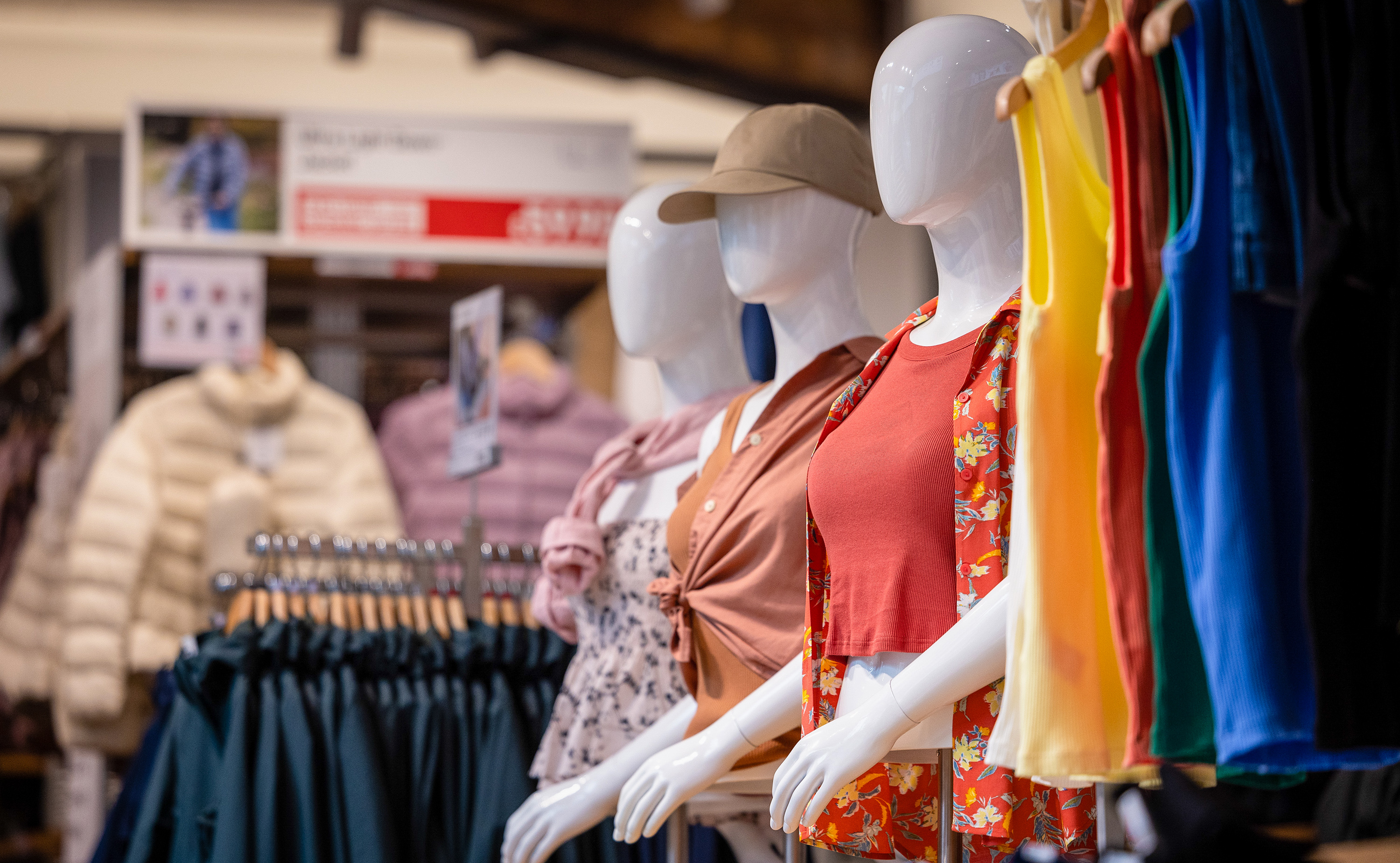We’re told the kids are alright — that young consumers care profoundly about environmental and social justice so there’s hope for Planet Earth — but when the chips are down, what people buy with their own money is always telling.
And there’s often a disconnect between what they say and what they do.
Faced with a choice between a sustainably produced hoodie that uses organic cotton, recycled polyester and fair-trade practices from, say, Patagonia, and a cheap and cheerful one from Temu, that’s mostly derived from fossil fuels, if you’re price-sensitive — as most of us are — it’s unlikely that a vegan, eco-friendly streetwear brand that prioritises ethical sourcing and sustainable manufacturing but costs more than R1,800 will win with a price-conscious consumer when there’s a reasonable knockoff on Temu for under R300. Especially if it also boasts a cutesy design with kangaroo pockets and an adorable fluffy kitten graphic.
Ask any smoker: Changing habits is really hard.
And in a consumerist society, under growing cost of living pressure, many of us simply don’t care enough about the impact of the apparel industry on the environment; we just care about the clothes on our backs.
This is why fast and ultra-fast fashion retailers have been getting away with producing cheap junk for so long.
 Piles of discarded textile waste on the shores of Chorkor beach in Accra, Ghana in 2022. The rise of fast fashion and shoppers’ preference for quantity over quality has led to a glut of low-value clothing that burdens developing countries. (Photo: Andrew Caballero-Reynolds / Bloomberg via Getty Images)
Piles of discarded textile waste on the shores of Chorkor beach in Accra, Ghana in 2022. The rise of fast fashion and shoppers’ preference for quantity over quality has led to a glut of low-value clothing that burdens developing countries. (Photo: Andrew Caballero-Reynolds / Bloomberg via Getty Images)
There’s always a market, it grows bigger each year, and most consumers buy the goods without question. Never mind that the cheapie that you bought through an online international retailer is just about ready for the bin after one wash. It’s cheap, it’s replaceable, and that’s what most people care about.
The fast fashion business model is built on the rapid production and turnover of inexpensive fashion trends.
It involves designing, manufacturing and distributing clothing quickly to meet the latest fashion trends at low prices. If bubble skirts are back (or those frightful MC Hammer pants) they’re going to churn out 20 styles in the latest colours and fabrics, consumers will wear them twice and shove them to the back of the closet where they belong.
The model relies on low-quality materials, often exploitative labour practices, and excessive production, contributing to environmental degradation and social issues.
And then there’s ultra-fast fashion, which is fast fashion squared.
Can any fast fashion ever be sustainable? I wonder, because its core principle is to produce cheap, trendy clothing quickly and in large quantities while attending the Sustainable Production Africa Summit, hosted by H&M.
The fast fashion industry is the second-biggest consumer of water and responsible for about 10% of global carbon emissions – more than all international flights and maritime shipping combined.
While some fast fashion brands, including H&M, have made strides in sustainability, innovation and fair labour practices, the business model remains fundamentally focused on speed and low cost.
 Workers unload a delivery of second-hand garments at the Kantamanto textile market in Accra, Ghana, in 2022. (Photo: Andrew Caballero-Reynolds / Bloomberg via Getty Images)
Workers unload a delivery of second-hand garments at the Kantamanto textile market in Accra, Ghana, in 2022. (Photo: Andrew Caballero-Reynolds / Bloomberg via Getty Images)
Despite increasing talk of sustainability, the fashion industry has been slow to embrace a circular economy and much of that lies in the problem of recycling, repairing or repurposing. But this shift is crucial to reducing textile waste, pollution and to mitigate the industry’s negative impact on the environment.
Some companies are trying to do better and should be applauded, but they have a long way to go.
Far too many fashion brands are still falling far short in their commitment to sustainability. They lack transparency around their supply chains and emissions and few are actively working to reduce their environmental footprint.
To create a more sustainable future, the fashion industry must reduce its reliance on fast fashion and invest in innovative solutions that minimise waste and pollution.
Rebuilding consumer trust is essential for the fashion industry’s long-term success, but punting green credentials is not the way to do it: sustainability should be an added value, never a sales pitch.
To truly be sustainable, the fashion industry would need to swing away from fast fashion towards a model that prioritises quality, durability, ethical production and minimal environmental impact.
In truth, we all might aspire to be more sustainable, but in a developing country such as ours, that would require less consumption, fewer sales, slower business growth and ultimately, fewer low-skilled jobs. DM




 Workers unload a delivery of second-hand garments at the Kantamanto textile market in Accra, Ghana, in 2022. (Photo: Andrew Caballero-Reynolds / Bloomberg via Getty Images)
Workers unload a delivery of second-hand garments at the Kantamanto textile market in Accra, Ghana, in 2022. (Photo: Andrew Caballero-Reynolds / Bloomberg via Getty Images) 